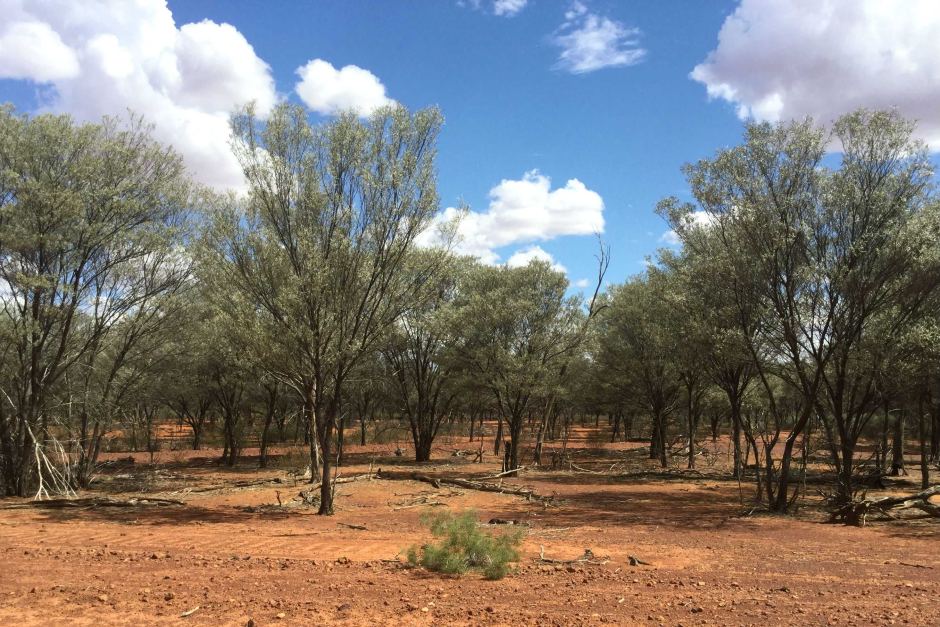As a specialist asset manager, Climate Future Capital is focused on generating alpha for our investors from our knowledge of the carbon markets and specifically the process of generating carbon credits from activities undertaken in the natural capital sector.
Carbon positive investing in real assets is based on returns being generated from the removal of C02 from the atmosphere. The key performance of a carbon positive asset is its ability to sequester C02 or reduce other Greenhouse gas emissions in a way that is supported by peer reviewed science.

Investors need to have confidence in the science behind investing in carbon. Science-based methods for generating carbon credits need to be peer reviewed, audited and ideally regulated.
In many ways the system by which a carbon credit is generated is critical to the quality assurance that carbon credits represent. The price of carbon credits tends to reflect this especially as they should be regarded similar to currencies. There are many dollars around the world and they have all different measures of value. The US dollar is considered a reserve currency and is given a higher value than those in some developing countries. The carbon market is much the same, those carbon credits that are verified and regulated will have higher market value and not all carbon credits have the same level of assurance.
Importantly for investors, the methods that provide the assurance to these carbon credit units need to be based on rigorous science. That science is developed into a methodology that is the basis for the creation of carbon credit units. When a carbon credit is created it should be based on a particular methodology that can account for 1 unit of C02 which is equal to a carbon credit.
At Climate Future Capital we deal with Australian Carbon Credit Units that have been generated from regulated carbon farming projects. The CSIRO is Australia’s national science organisation that provides the key basis for the regulated methods used to create carbon credits. These are methods based on peer reviewed scientific research. They are the work of climate scientists and experts in the field of carbon sequestration and emissions avoidance. Understanding the methods is paramount to determining investment performance and this ability to generate carbon credit units is based on rigorous science.
Technical risks are risks inherent in the technical measurement (or modelling) of many carbon farming projects. In the case of vegetation projects, the abatement is calculated using a government approved research method and CSIRO tool called FullCam. This provides forward estimates of carbon issuances over a 25-year and 100-year crediting period. The models used are considered conservative and a 5% buffer is inbuilt to the abatement calculations to cover the uncertainty factors.
Full Carbon Accounting Model (FullCam)
The Full Carbon Accounting Model is a calculation tool for modelling Australia’s greenhouse gas emissions from the land sector (Department of Industry, Science, Energy and Resources).
FullCAM is used in Australia’s National Greenhouse Gas Accounts for the land use, land use change and forestry sectors. Results from modelling are used to produce the annual totals for Australia’s National Inventory Reports. Emissions data (including from the land sector) can be found in the Australian Greenhouse Emissions Information System.
Carbon dioxide removed from the atmosphere by forests, croplands, grasslands and other vegetation can offset emissions from farming and land clearing.
Given the size of Australia’s land sector is approximately 769 million hectares it is impractical to measure emissions and abatement using just direct estimation methods such as field sampling.
Australia’s national inventory system for the land sector relies on the use of a modelling framework. FullCAM estimates the carbon stock change in ecosystems including:
· above and belowground biomass
· standing and decomposing debris
· soil carbon resulting from land use and management activities

The FullCam model provides the key input into the methodologies that provide the carbon abatement estimates for the majority of Australia’s land based carbon projects for the Emission Reduction Fund (ERF). The model was developed by the CSIRO and provides data on Australia’s national carbon accounting. Carbon sequestration rates are modelled based on location, rainfall and climate history and scientific review by the Australian government’s Emission Reduction Assurance Committee (ERAC, 2019). It is the same tool used to report Australia’s Greenhouse Emissions as part of international agreements such as the Paris Climate agreement.
It enables modelled project carbon abatement to be calculated for a particular project area without the need for direct sampling. FullCAM is also used to generate abatement estimates for vegetation methodology determinations (methods).
The use of FullCam provides forward abatement carbon estimates that are not verified by direct sampling. Instead carbon estimation areas for the abatement are reviewed at 5-year intervals, which provides evidence of revegetation. The method requires forest cover to be achieved by 15 years from project commencement but the carbon generated is based on the FullCam estimates. Fullcam forecasts the expected output of ACCUs without the need for direct sampling. The risk is that a carbon project does not reach forest cover in the 15-year period for a designated carbon estimation area. The risk is managed by regular assessments for signs of non-regeneration. By due diligence we can pre-screen carbon projects for investment that have already met the criteria for signs of regeneration and at the same time Climate Future Capital can monitor regeneration areas as part of the investor manager role.
Conclusion
The fundamental basis for generating income and capital growth for our investors is built upon the foundations of science. It is certainly not the role of science to generate alpha for investors, that is the role of the investment manager, but is is the role of science to identify what is a carbon positive investment. That the C02 sequestered in vegetation was equal to 1 tonne of C02 and that is given the value of 1 carbon credit. The accounting for nature is based on peer-reviewed science and that gives a basis for investors to put their capital to work.
